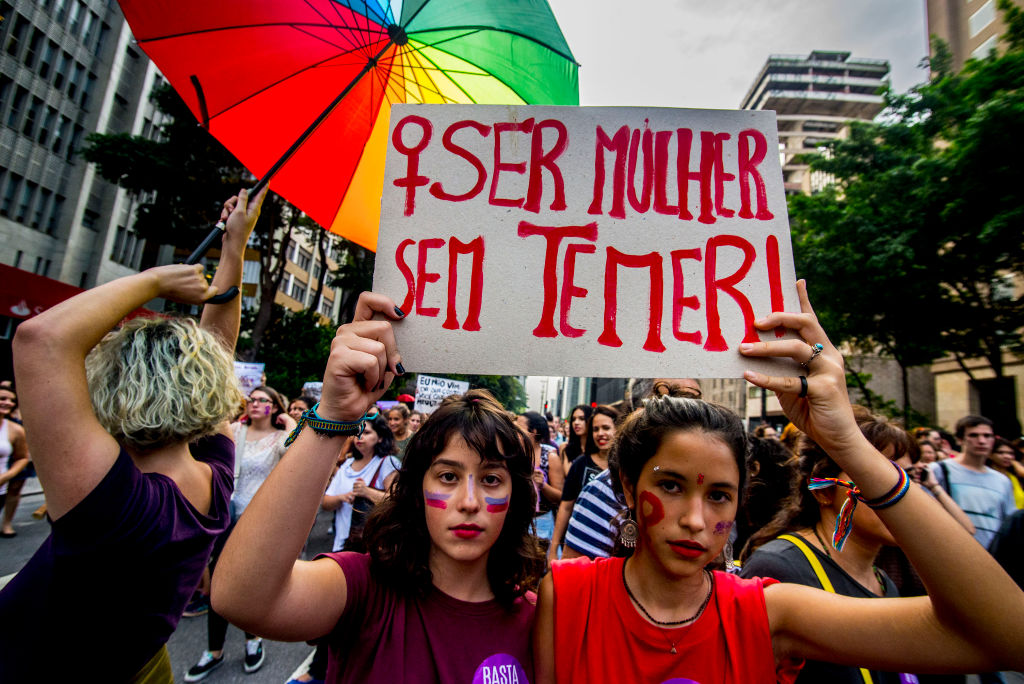Inequality Still Haunts Latin America
Inequality Still Haunts Latin America
Access to public goods as well as political and civil rights remains highly unbalanced in Latin America, writes AS/COA's Christopher Sabatini in an op-ed for The Miami Herald.
To talk of Latin America as if it were a meaningful unit has always been forced, if not artificial. But now, as a recently released social inclusion index reveals, the region is becoming even more divided between countries — while remaining so within many.
Measuring the performance of 11 countries in the hemisphere by race/ethnicity and gender in access to public and private goods as well by political and civil rights, Americas Quarterly’s social inclusion index reveals huge differences between countries in the region. At the top, with a score of 71.9, stands Chile, with Uruguay just behind at 71.2. Contrast that with the lowest performers, Guatemala at 7.5 and Nicaragua at 10.3. Brazil is third, but a distant third.
Looking closely you realize that contrasts are stark, not just in the tremendous gaps between the countries, but within them, explaining their wildly divergent scores. For all the genuine gains of a rising middle class in the region, some countries and populations are clearly being left behind. To give a few examples, in Guatemala while 58 percent of school-aged children of European descent are enrolled in school, only 35 percent of those of indigenous or African descent are. In Bolivia those same numbers are 86 percent and 72 percent.
Not surprising, then, that the differences in those countries between the poor and those approaching middle class are also stark... and based on race and ethnicity. In Guatemala, while 62 percent of Guatemalans of European descent live on more than $4 per day (slightly above the poverty line) only 23 percent of their fellow Guatemalans of indigenous/African descent do — a whopping difference of 39 percent. In Bolivia the difference between the groups just out of poverty is 17 percent... and, of course, in favor of the whiter Bolivians.
As you would expect, countries such as Chile and Uruguay that lack large indigenous populations and the ugly legacies of massive exclusion and racism, do not exhibit the same gross distortions in access to public goods, the market and riches. And that explains, in part, their high ranking regionally.
Here the scores of two other countries in the index are illuminating.
First is the region’s darling of the moment, Brazil. While the country that put the B in the BRIC countries (in addition to Russia, India and China) places third in the index, Brazil scores only 51.4. But here’s the good news: With the highest percent of its economy spent on social programs and its ranking as the third country in the region in civil and political rights, we see the reasons for Brazil’s recent successes in poverty alleviation, why it scores so well on the lack of differences by race and its potential.
Peru tells another story. While it ranks third from the bottom (after Guatemala and Ecuador) in terms of percent of its economy spent on social programs, it ranks number four in the region in economic growth and in both political and civil rights. Peru’s challenge is to leverage its economic and fiscal boom and its positive political and economic environment for broader social inclusion.
There were also three countries that Americas Quarterly could not include in its index. Unfortunately, despite their professed commitments to social justice and inclusion, the data collected by the governments’ surveys in Cuba, Argentina and Venezuela were not considered reliable enough to include in the index.
Ironic, no?
Christopher Sabatini is editor-in-chief of Americas Quarterly and senior director of policy at the Americas Society/Council of the Americas.







